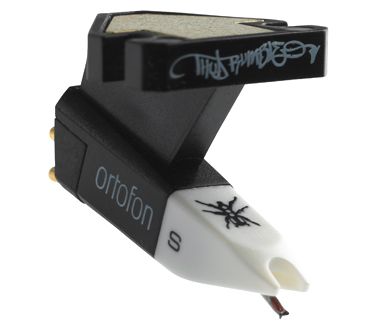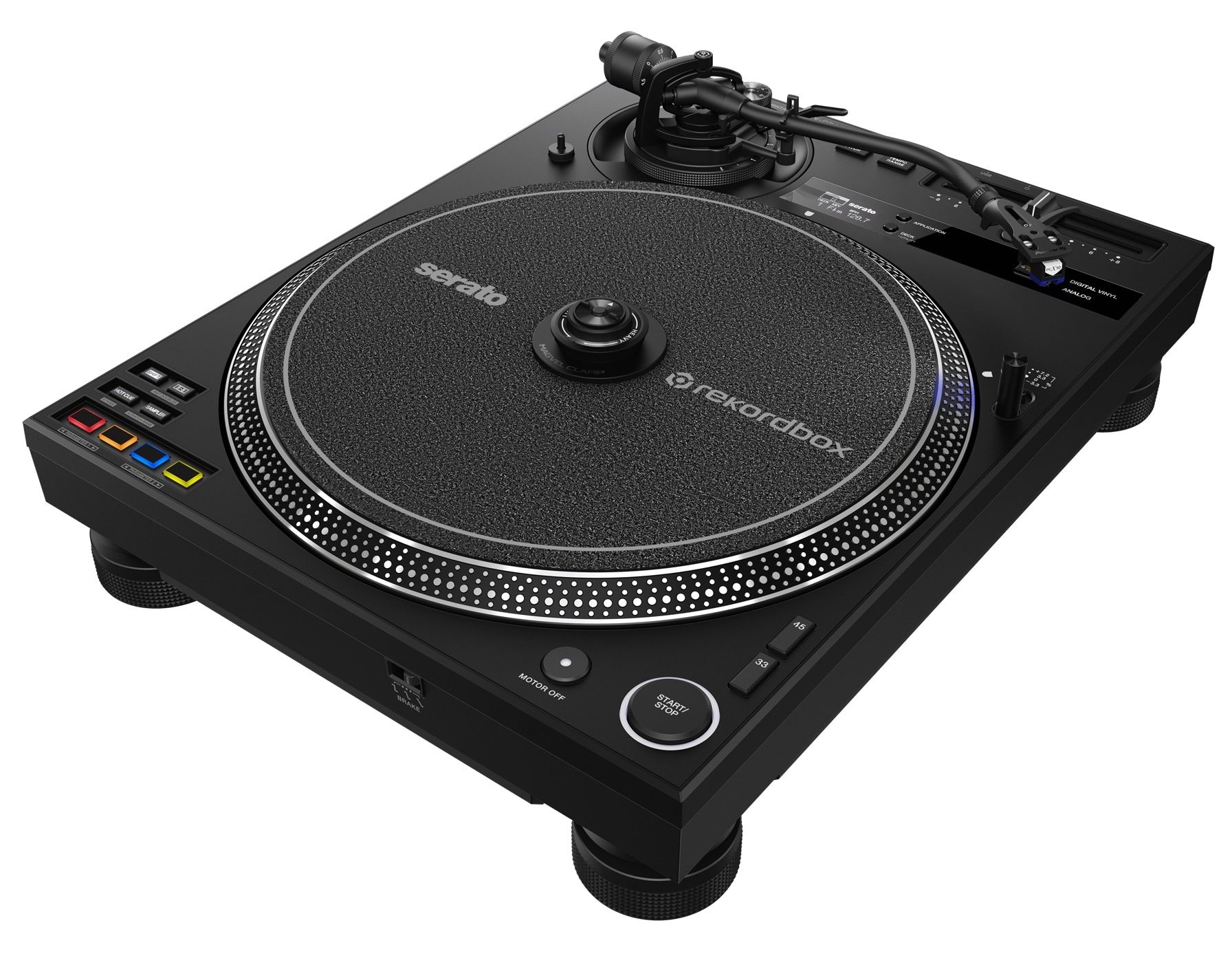No matter what DJ software you use, there is one common variable that vinyl-emulation systems all rely on: needles. Normally, needles are the last things on your mind. Fidelity and cartridge specs are sometimes thought to be a trivial factor in the performance of the software. The common opinion is that, “As long as you have a good strong signal, then it does not matter what needle you use.” Although that is partially true, any regular user of multiple DJ carts will tell you that they all seem to feel or respond differently. That is, of course, a subjective observation and is dependent on a lot of variables that are hard to nail down. Now to further confuse the ranks of DJs, Ortofon has released a new DJ cartridge specifically aimed at the digital DJ market called the DigiTrack, which Ortofon claims to be a superior cartridge designed specifically for the digital realm. But what exactly makes one DJ cartridge better than the other? And how can we get optimal performance out of the needles we already have?
COMMON FREQUENCY
All control records contain a constant tone that transmits position and speed information to the computer. This tone usually sits between 1 and 2 kHz (midrange). As you speed the record up or down, either by adjusting the pitch or manually moving the record or platter, the tone is lowered or raised, and the computer interpolates those changes. The tone is right smack in the middle of the frequency range, and just about any needle on the market is going to be able to effectively pick it up during normal playback. When you slow down, scratch or speed up the record (backspins), however, the frequency range that the needle must pick up gets significantly wider. So although most needles are equal under normal playback scenarios, DJs who perform a lot of record manipulation may benefit from needles with a better frequency response, specifically a needle that handles the lower frequencies better, because that’s where most of the movement information ends up. It’s almost impossible to move the record fast enough to produce a tone above 16 kHz, so needles boasting higher frequency responses probably won’t do you much good. One important feature of a DJ cartridge that will affect its frequency range is the type of diamond used on the needle itself.
DIAMONDS IN THE ROUGH
There are two kinds of diamond tips on DJ needles, and some models are made with both of those options, elliptical and spherical. These models are conveniently marked with an E or S at the end of the model name. Spherical needles are more rounded and sit higher in the record groove, so they don’t pick up the higher frequencies that sit on the bottom.
A good example of an elliptical needle would be the Ortofon Night-Club E (black with yellow tips). Although it picks up those lovely sparkling highs we all love, it can tear apart your favorite records. Elliptical needles sit lower in the groove, but because of their shape, they will rub against the walls of the groove and wear out the records and needles more rapidly, especially if everything is not aligned perfectly. You won’t notice that as quickly with standard records, but when using control records, performance will quickly degrade. Unless you can afford to replace your control records every few weeks, I would stick with a spherical needle.
THIS ONE GOES TO 11
The louder and stronger the tone, the more clearly it will be read by the computer — especially in live situations where it needs to overpower rumble and interference. You may be able to turn up the gains on some digital interfaces, but then you are raising the level of the control signal and the outside noise together. Better to start off with a strong signal in the first place. Needles are rated in mV for their output levels, and listed above are some of the loudest needles on the market and their respective frequency responses. All of those needles are spherical, and all list prices are for the mounting versions that require head shells.
THE LITTLE THINGS
How can you ensure that your needles are working as well as possible? Reduce rumble by isolating the turntables or turning down your monitors. Clean your control vinyl before every gig using Gruv Glide (www.gruvglide.com). Remove lint and dust from the records and the needle with a proper brush, not your hands! Dust builds up rapidly and can wreak hell on the control signal, so make a habit of cleaning every few songs. Align and adjust the cartridge according to the manufacturing specs so that you get the best signal possible. Don’t overweigh or turn in the carts at extreme angles. The contacts between the tone arm and the needle cartridge are a common problem area. Don’t lick the contacts! Reseating the cartridge will help fix contact problems, but licking them will only make it worse over time. Instead, use an eraser to clean the contacts on both the turntable and the cartridge. The common No. 2 pencil will work fine.
Most importantly, get yourself a good, loud cartridge on which you can afford to replace the needles. You might be better off buying new control records more frequently than spending the extra money on high-priced cartridges. The new DigiTrack does have a few key features that should translate into good tracking, but is it worth the price? Ultimately, you have to be the judge. Try it out in the store, and if you can’t tell the difference, then the answer may just be no.











